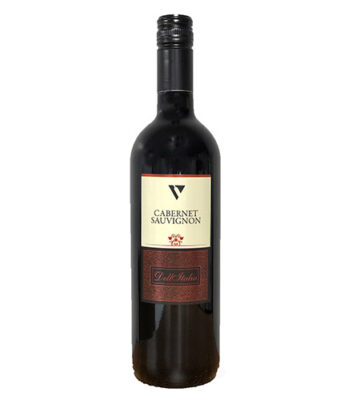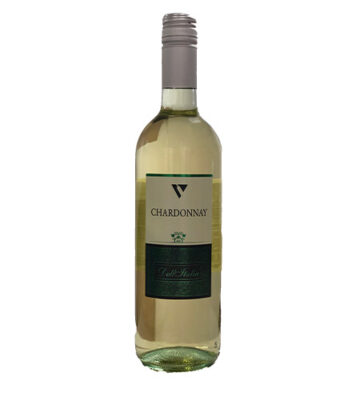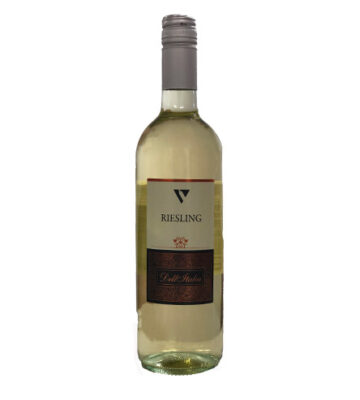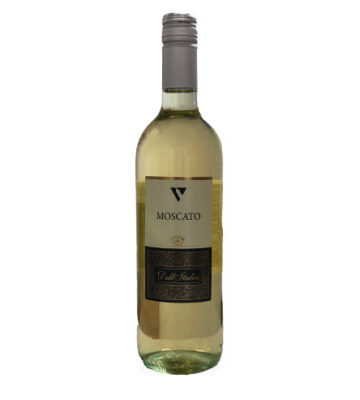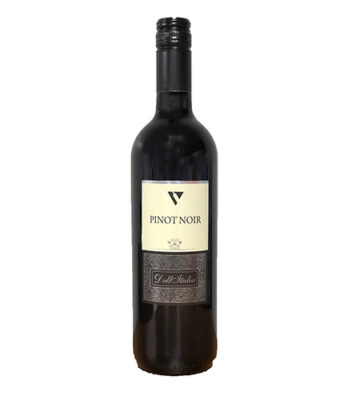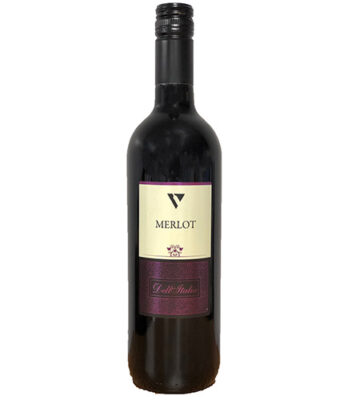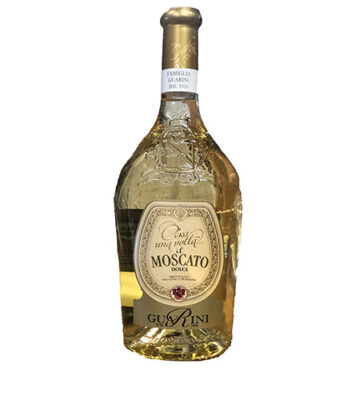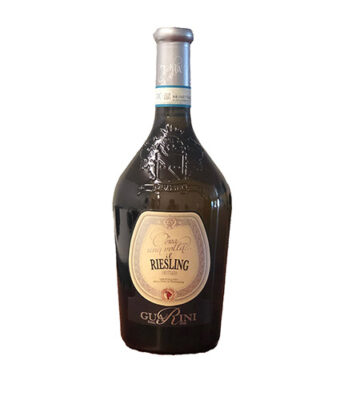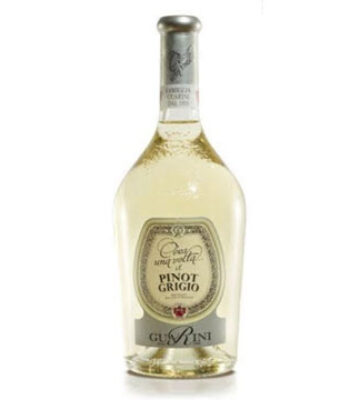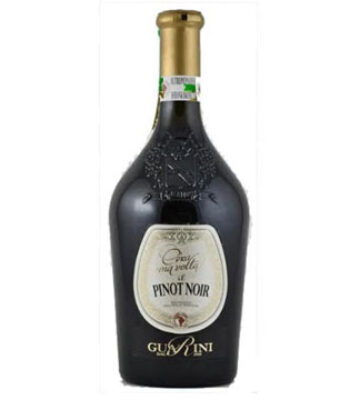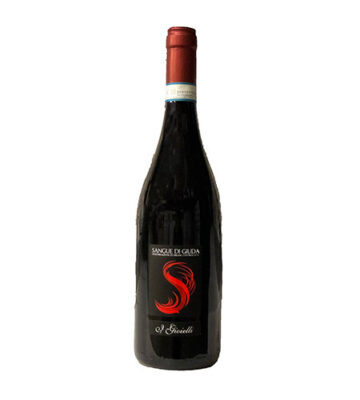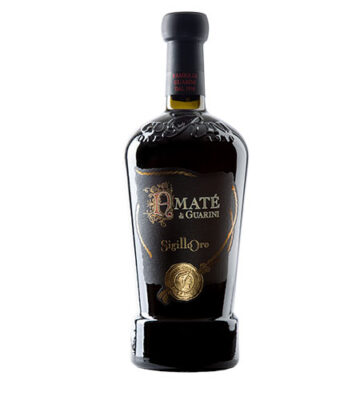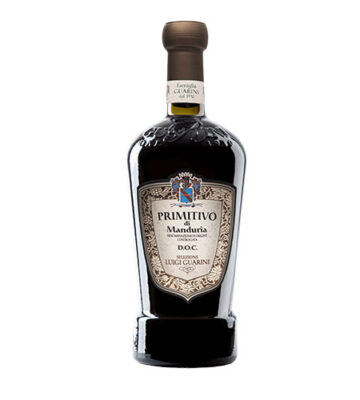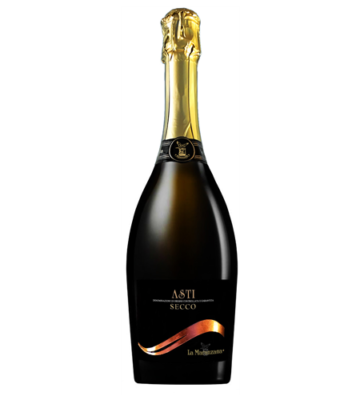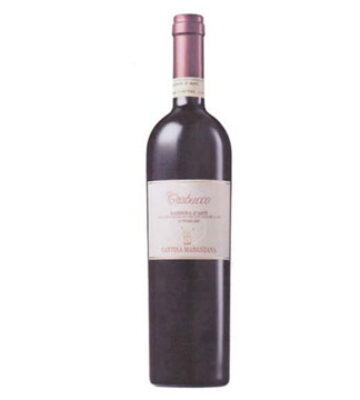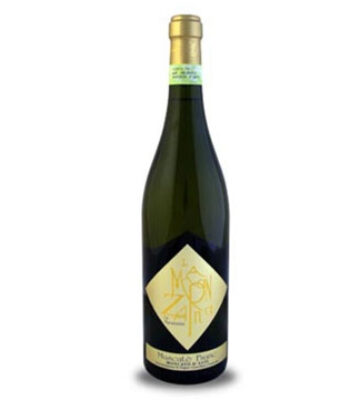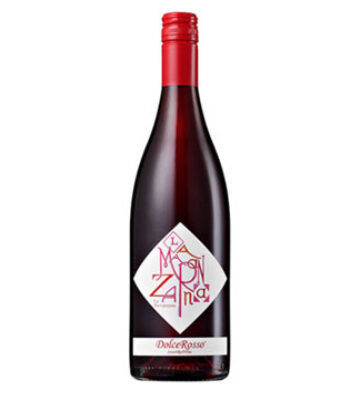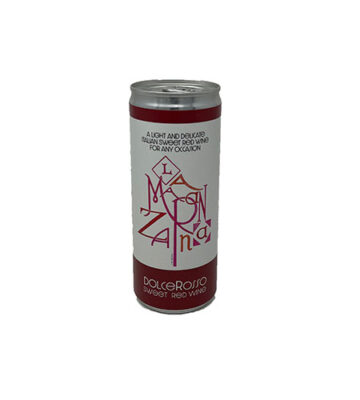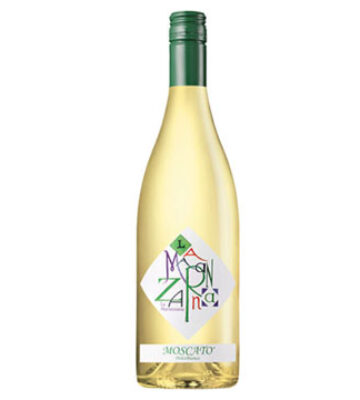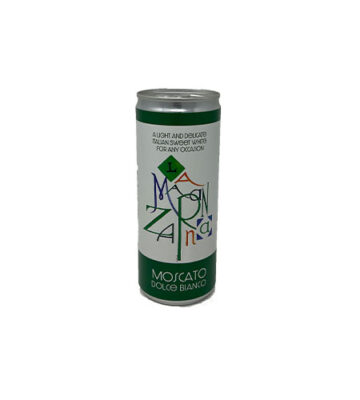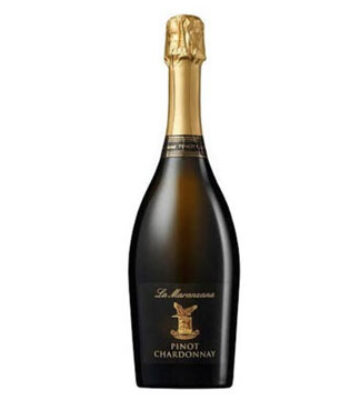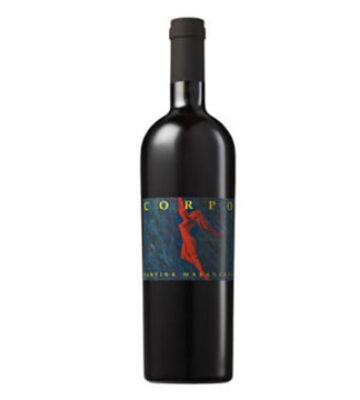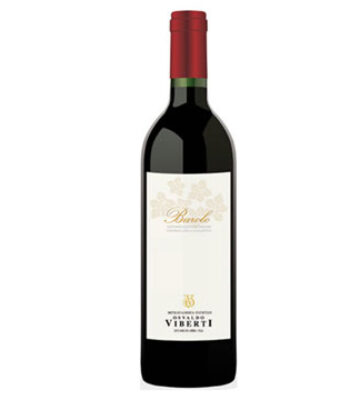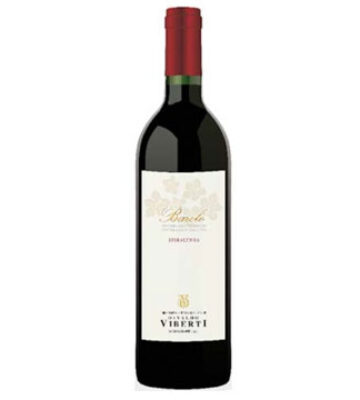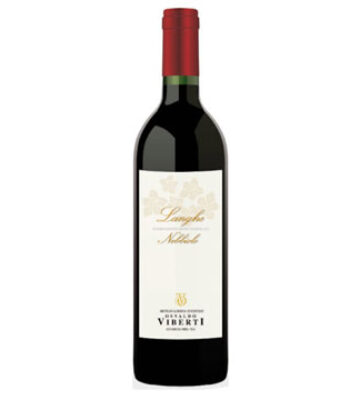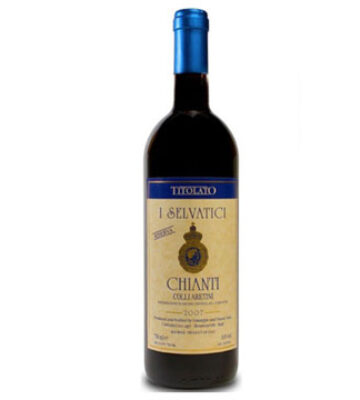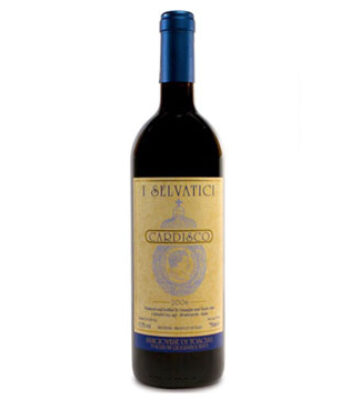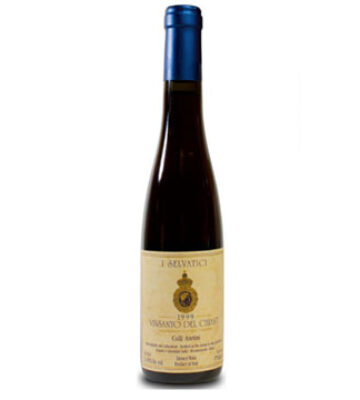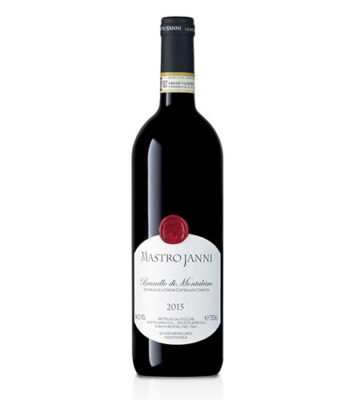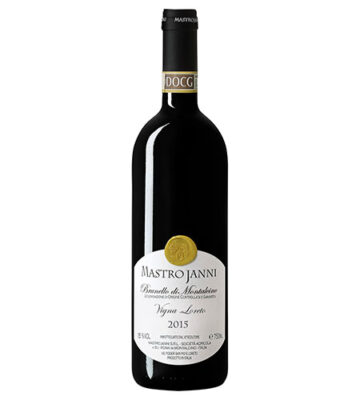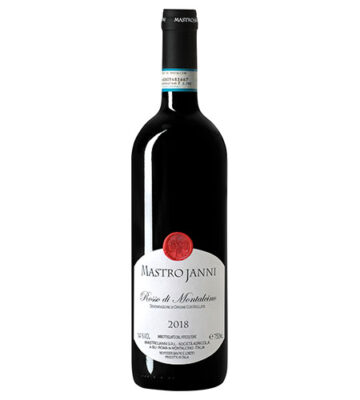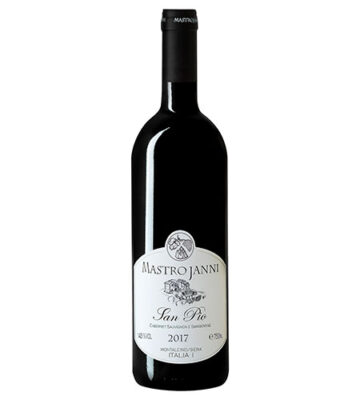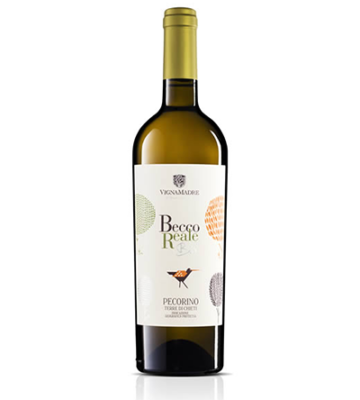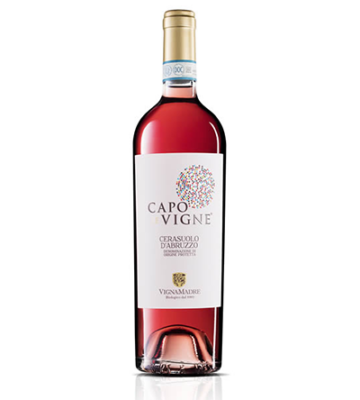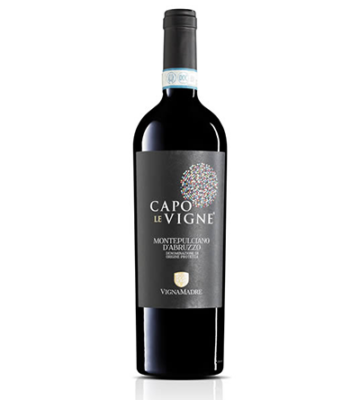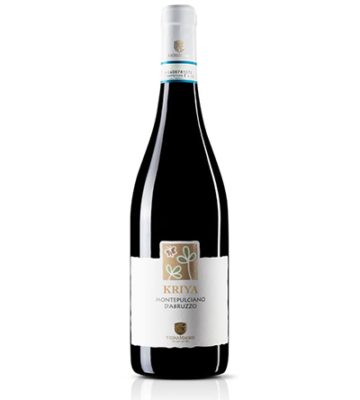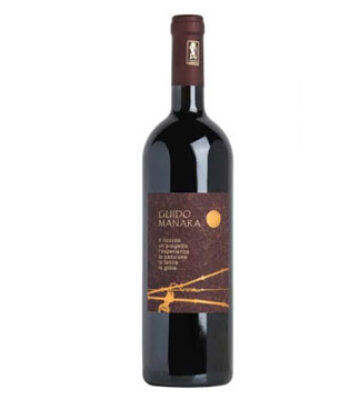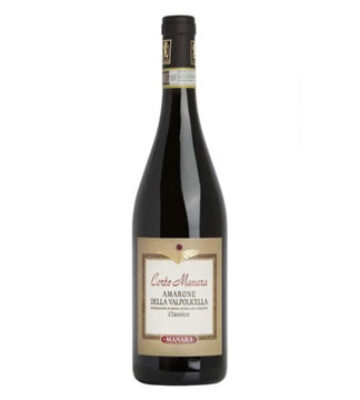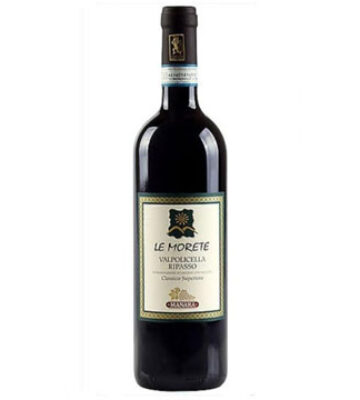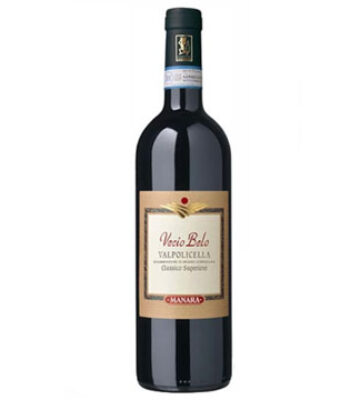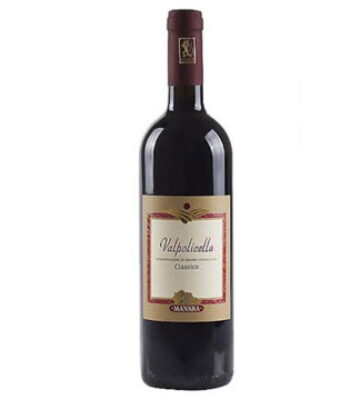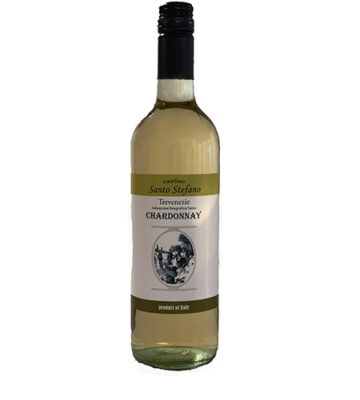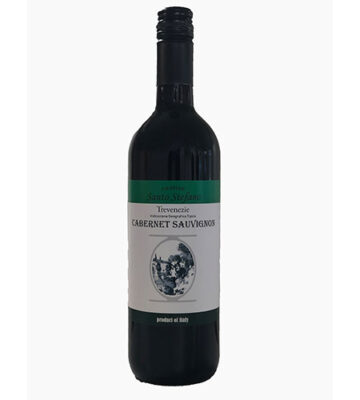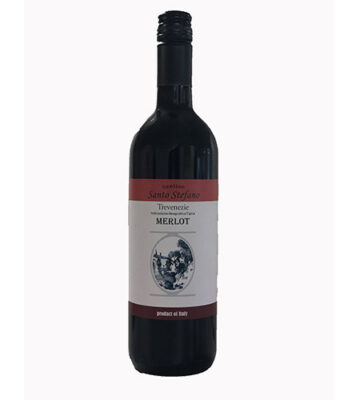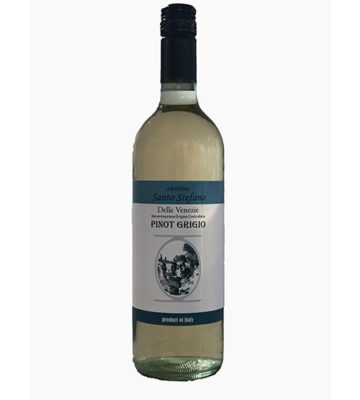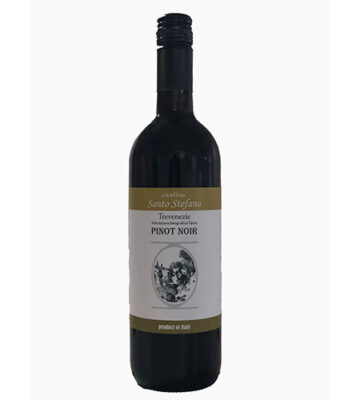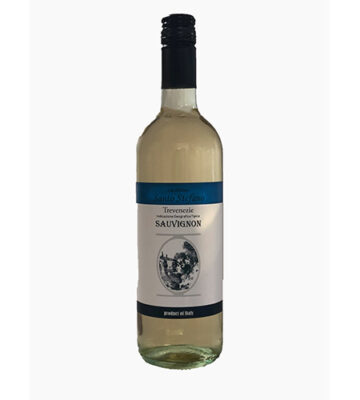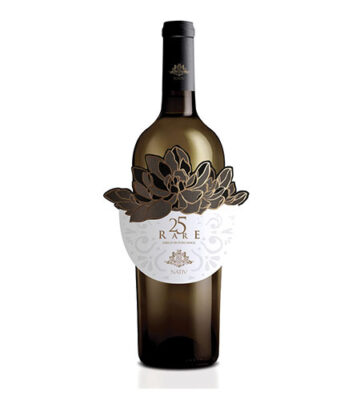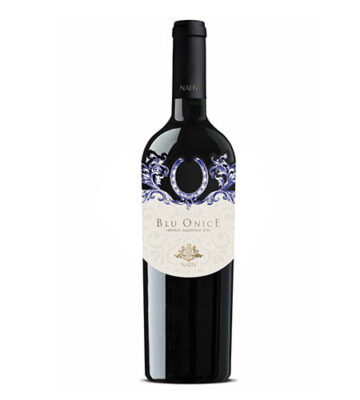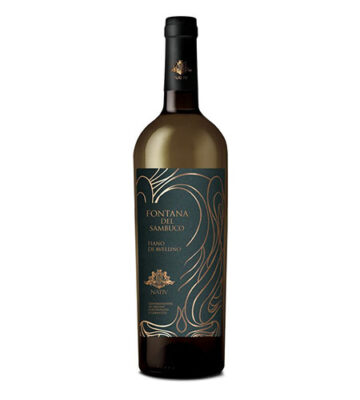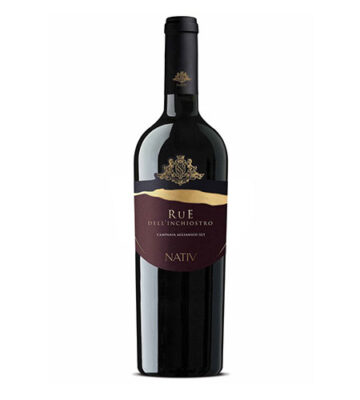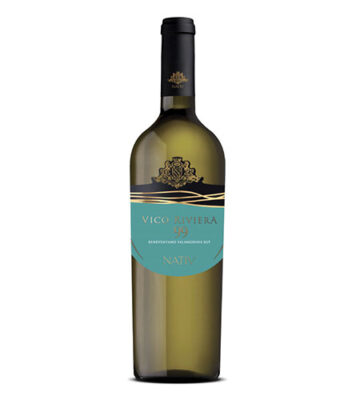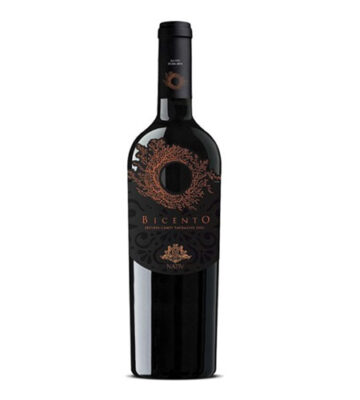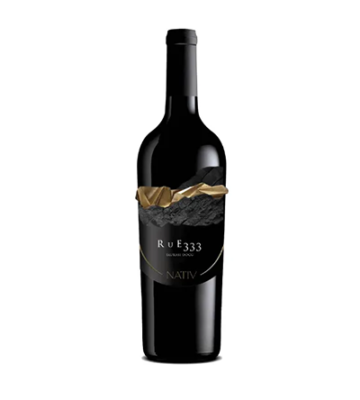Lombardia
Piemonte
Tuscany
Veneto
Sicily
Campania
Puglia
Abruzzo
Dell Italia
Osvaldo Viberti
The winemaker Sergio Molino supports Osvaldo with his valuable advices. They both know well how many factors are involved in the process of producing excellent wines. Climate, ground composition, location of the vineyards, all the care to be taken until a perfect ripeness of the grapes, a lot of care and selection of the best grapes, the cellar-works. And last, but not least, a passion about quality wines
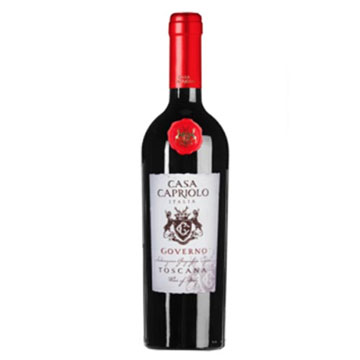
Casa Capriolo
This beautiful, Super Tuscan blend is crafted in the Governo style. 20% of the grapes are set back to dry with skins on while the rest of the wine starts the fermentation process. 2 months later those grapes are crushed and added for a second fermentation process. This enhances the wine and adds to its complexity and velvety texture.
70% Sangiovese
20% Merlot
10% Cabernet
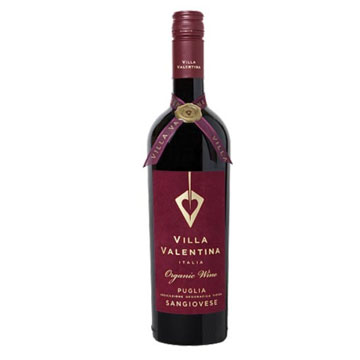
Villa Valentina Sangiovese
A 100% Sangiovese that is luscious and jammy. It is medium bodied with flavors of dark cherry, dates, blackberry, leather and spices. Certified Organic.
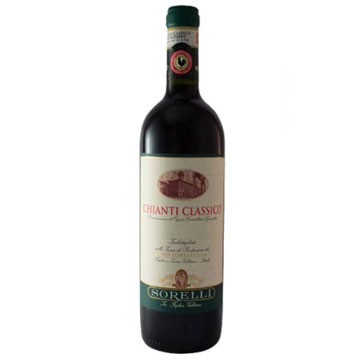
Chianti Classico
VINIFICATION AND REFINING PROCESS
Fermentation in red, with maceration on the skins for about 15 days at a controlled temperature. Maturation: at least 1 year steel vats, 6 months in large wooden barrels and 6 months in French oak barriques. Ageing in the bottle for two months.
Mastrojanni
Mastrojanni has been writing history with its wines since 1975, collecting awards from all over the world. And in those years, only a few entered the wine-making adventure in Montalcino. Today, thanks to an exceptional terroir and men who have believed in it for decades, Mastrojanni has become one of the most respected Montalcino producers as far as wine buffs are concerned.
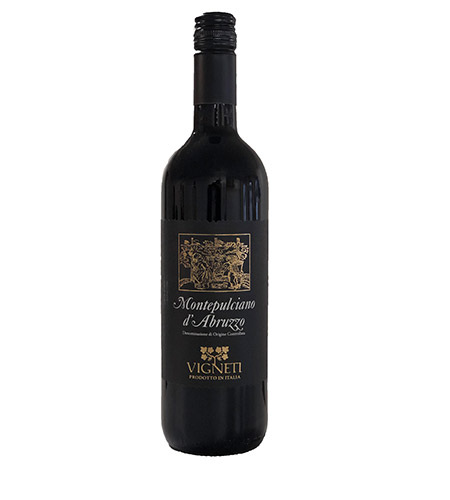
Vigneti – Montepulciano d’Abruzzo
Color: Deep red color
Aroma: Scents of plum, summery red apple and violet
Taste: Winy bouquet and dry, fruity taste
Food Pairing: Thick soup, roast meat, grilled lamb and game
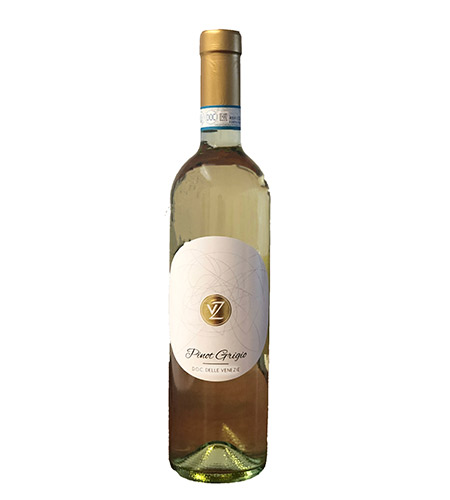
Zanatta Pinot Grigio
The wine made from this grape, after being subjected to cryomaceration, has a straw yellow color with pale green reflections. At the nose it has an intense aroma of pear and elder. It pairs excellent with fish and first course cold meats.
Santo Stefano
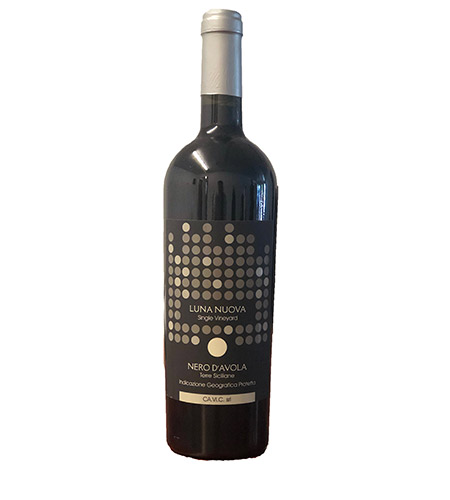
Luna Nuova
PRODUCING COUNTRY: Italy | Sicilia Western Sicily, Province of Trapani
GRAPE: Nero d’Avola
HARVEST: Middle of September
REFINING: In stainless vats
SERVING TEMPERATURE: 16° – 18° C.
